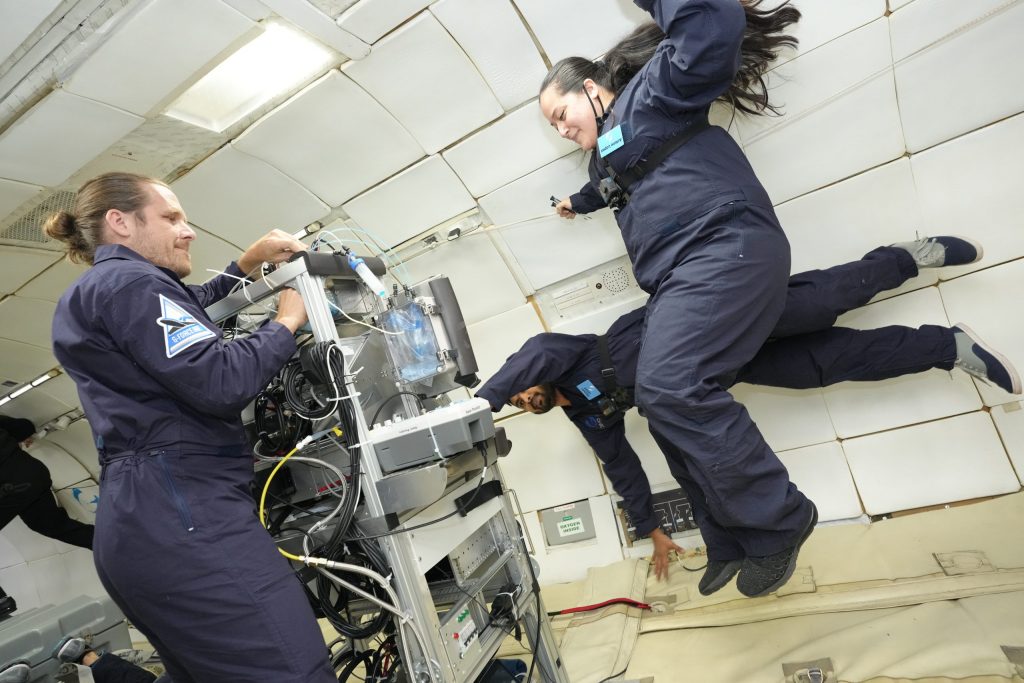NASA’s ambition and drive to break new ground is virtually unparalleled. And Beth Paquette and Margaret Samuels from the Goddard Space Flight Center are leading the charge with an extraordinary mission. They’re out to see if printed electronics tech is possible in space– which could totally transform how spacecrafts are manufactured for future missions. All eyes in the scientific community are on these two incredible engineers right now.
The idea behind printed electronics is both straightforward and groundbreaking. Rather than sticking to the norm of running with classic electronic components, the geniuses at Paquette and Samuels engineered a new series of hybrid printed circuits that could sit snug on spacecrafts. These babies are ultra-thin, clocking in at 30 microns – half as wide as a single strand of human hair! Having these circuits installed brings many advantages to the table – saving space on board plus improving antennas and radio frequency abilities.
On April 25, a sounding rocket carrying the payload housing the printed electronics experiment was launched from NASA’s Wallops Flight Facility. The electronic temperature and humidity sensors printed onto the rocket’s payload bay door and attached panels diligently monitored the conditions throughout the entire SubTEC-9 sounding rocket mission. The data collected during this experiment will provide invaluable insights for future spacecraft designs.
The potential applications of printed electronics are vast. With the ability to print on curved surfaces and around corners, these circuits could prove invaluable for small, deployable sub-payloads where space is at a premium. Moreover, the stability and predictability of antenna connections and design are significantly improved with printed electronics. Antennas can now be directly printed on curved surfaces, expanding the angles at which signals can be sent and received, and enhancing communication capabilities in space.
The implications of printed electronics go beyond sensors. Future missions could benefit from printing temperature sensors throughout the interior surfaces of spacecraft. This would provide valuable information on how heating and cooling affect the entire spacecraft during encounters with intense heat sources, such as the Sun.
NASA’s pioneering work in printed electronics has garnered attention and sparked visions of an exciting future. Engineer Ryan McClelland envisions using printed electronics to add functionality to spacecraft parts designed by artificial intelligence, known as Evolved Structures. These parts could be 3D-printed or manufactured in space, taking space exploration to new heights.
As the SubTEC-9 rocket took flight, the team anxiously awaited the moment of truth. The success of this mission would demonstrate the viability of their printed sensors, opening the door to more flexible and efficient spacecraft design. The potential benefits of printed electronics technology are immense, and the team at NASA’s Goddard Space Flight Center is eagerly looking forward to a future where these innovations become an integral part of space exploration.

